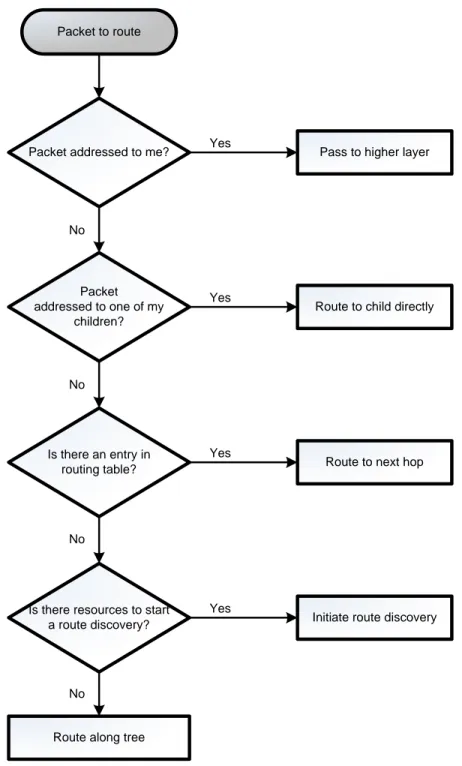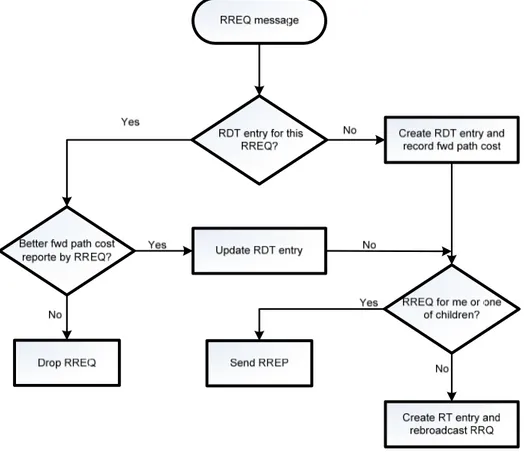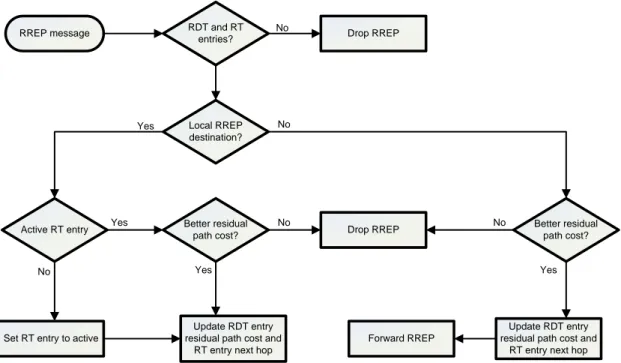A Location Routing Protocol Based on Smart Antennas for Wireless Sensor Networks
Texte intégral
Figure

![Figure 2.6: Example of virtual grid in GAF [36]](https://thumb-eu.123doks.com/thumbv2/123doknet/2344368.34545/42.918.306.621.571.721/figure-example-of-virtual-grid-in-gaf.webp)
![Figure 2.7: State transitions in GAF [4]](https://thumb-eu.123doks.com/thumbv2/123doknet/2344368.34545/43.918.329.595.122.259/figure-state-transitions-in-gaf.webp)

Documents relatifs
In this context, we will present mathematical models of batteries starting from the study of the discharging current values according to various tension and temperature values in
We apply this strategy for the uplink power control in a real Wireless Sensor Network (WSN) and compare with the Adaptive Transmission Power Control (ATPC) usually used
Unit´e de recherche INRIA Rennes, Irisa, Campus universitaire de Beaulieu, 35042 RENNES Cedex Unit´e de recherche INRIA Rh ˆone-Alpes, 655, avenue de l’Europe, 38330 MONTBONNOT
With the AMSB model as implemented in that version of ISAJET, only the negative results from the search for nearly mass-degenerate chargino and neutralino, the search for
approach to treatment of bleeding episodes in young hemophilia patients: a single bolus megadose of recombinant activated factor VII (NovoSeven), J Thromb
In this case, node a and b (i.e., any common neighbor of both c and p) using the watch-dog mechanism (i.e., the watchdog consists in monitoring the neighboring nodes to check
The main task of the cluster head is to fuse data that sensor nodes sensed within a cluster, receive other cluster heads’ sensed data, and, send to sink, after clustering
We establish three types of keys for each sensor node according to each type of communication patterns: an individual key shared with the base station, a cluster key shared





